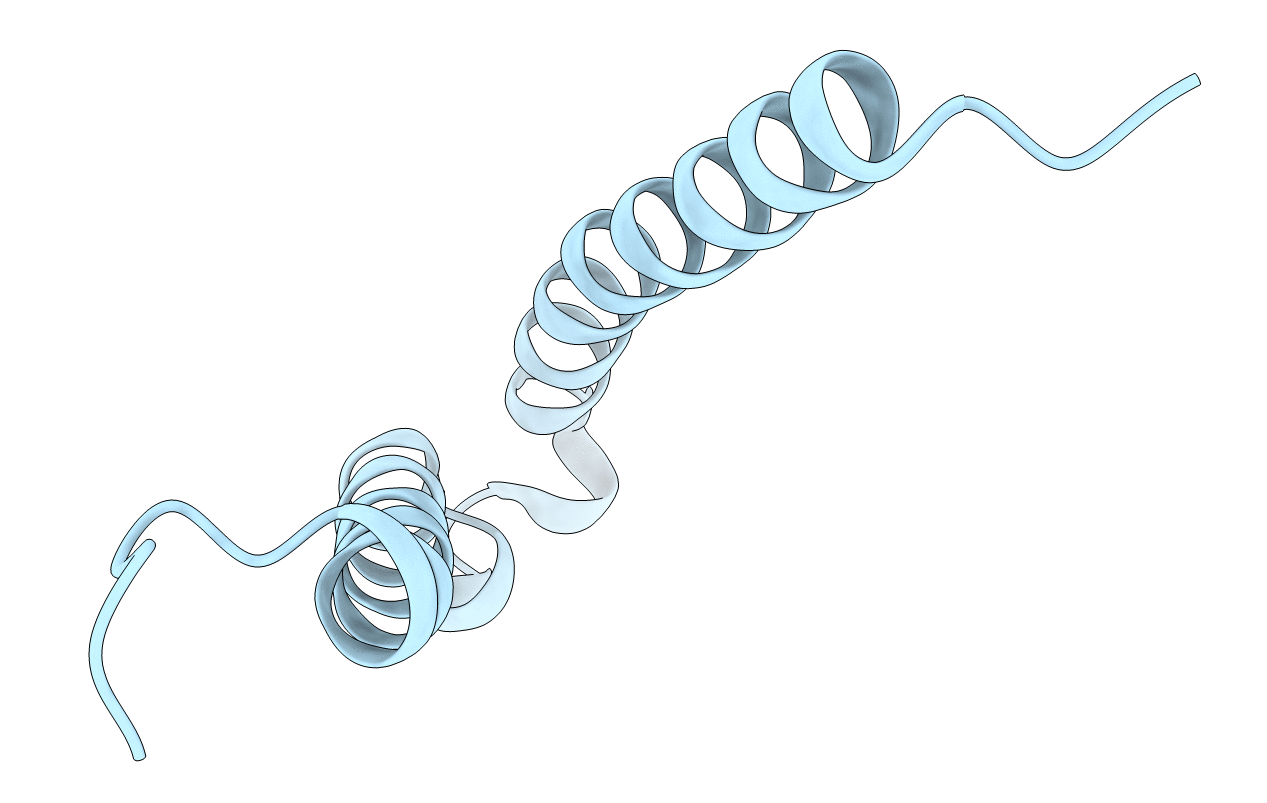
Deposition Date
2006-03-06
Release Date
2006-06-13
Last Version Date
2023-08-30
Entry Detail
PDB ID:
2G9E
Keywords:
Title:
Protonation-mediated structural flexibility in the F conjugation regulatory protein, TRAM
Biological Source:
Source Organism:
Escherichia coli (Taxon ID: 562)
Host Organism:
Method Details:
Experimental Method:
Resolution:
1.80 Å
R-Value Free:
0.24
R-Value Work:
0.18
R-Value Observed:
0.18
Space Group:
I 4


